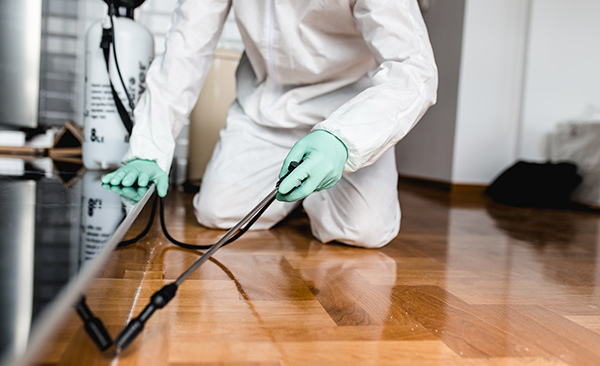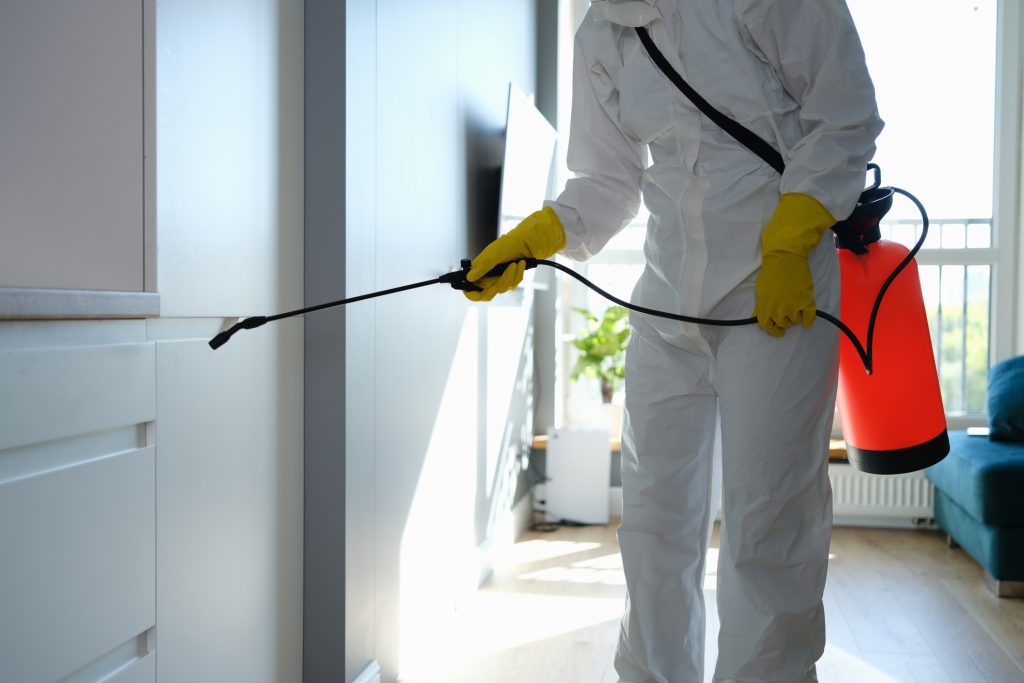End infestations before they spread with Pest Control treatments today.
Eco-Friendly Parasite Control Approaches for Taking Care Of Wild Animals in Urban Locations
Urban locations usually locate themselves at the intersection of human task and wildlife, leading to unique difficulties in bug administration. Eco-friendly strategies emphasize lasting coexistence, employing strategies such as environment alteration and natural repellents to mitigate human-wildlife problems. These methods not only shield the environment yet also improve community interaction in wildlife administration. As urban populations remain to expand, recognizing the dynamics of wildlife communications ends up being increasingly important. What ingenious techniques can be carried out to make sure both environmental equilibrium and urban safety? Discovering this concern discloses an engaging landscape of prospective remedies.
Understanding Urban Wild Animals Dynamics
Comprehending Urban Wildlife Dynamics is vital for developing efficient and green insect control methods. Urban areas are increasingly coming to be environments for numerous wild animals species, driven by aspects such as environment fragmentation, food schedule, and human advancement. Acknowledging these dynamics enables for a nuanced method to pest management that straightens with environmental principles.
Urban wildlife typically consists of types such as raccoons, squirrels, and birds, which adapt to city environments, discovering niches in eco-friendly rooms, parks, and even suburbs. Their visibility can bring about conflicts with people, especially when they exploit personnels for food and shelter. Understanding the habits and environmental duties of these species notifies techniques that reduce unfavorable communications while promoting biodiversity.
Additionally, recognizing the interdependencies within metropolitan environments helps in determining important areas for habitat conservation and restoration. This knowledge contributes to the growth of integrated parasite management (IPM) techniques that think about the environmental balance, thus reducing reliance on damaging chemicals. By cultivating coexistence in between humans and urban wildlife, cities can produce much healthier settings that benefit both homeowners and regional ecosystems, leading the way for sustainable city living.
Natural Repellents and Deterrents
Natural repellents and deterrents use a lasting alternative to standard parasite control methods by taking advantage of the power of nature to keep unwanted species at bay. These eco-friendly solutions normally use plant-based components, essential oils, and various other normally happening materials that hinder insects without damaging the setting.
One effective natural repellent is peppermint oil, which is known to drive away rats and pests. Its solid scent is unpleasant to lots of insects, making it a preferred selection for city setups. Vinegar and citrus peels can offer as deterrents, as their solid smells are commonly uninviting to various wildlife.
Additionally, diatomaceous earth is a natural powder that can be spread out in locations vulnerable to bug task, successfully dehydrating and discouraging pests without presenting threats to non-target types. Garlic sprays and neem oil are identified for their ability to ward off a broad array of pests, including both bugs and larger wildlife.
Applying these natural repellents not only minimizes reliance on chemical pesticides but likewise advertises a healthier city community, cultivating an extra balanced coexistence between human beings and wildlife. By using these strategies, city areas can efficiently handle pest populations while lessening environmental influence.
Environment Adjustment Techniques
Effective habitat alteration strategies play a vital duty in lasting bug management by changing the setting to make it much less for pest infestations. By understanding the ecological dynamics of metropolitan areas, homeowner can carry out tactical modifications that prevent insects while advertising biodiversity.
(Spider Control)One main strategy entails keeping appropriate cleanliness. This consists of normal waste elimination, protecting trash can, and getting rid of standing water to minimize reproducing sites for bugs and rats. Furthermore, landscaping techniques such as choosing native plants can enhance ecological equilibrium, providing environments for valuable microorganisms while reducing sources for parasites.
One more crucial approach is to seal access points in structures. Checking and repairing cracks in foundations, wall surfaces, and home windows can considerably decrease pest accessibility. Additionally, developing physical obstacles, such as fencings or plant barriers, can hinder wildlife activity right into human-inhabited locations.
Integrated Parasite Management Practices
Building upon habitat alteration techniques, integrated parasite monitoring (IPM) practices offer an all natural method to controlling insect populaces while lessening ecological influence. IPM combines various strategies, consisting of biological, cultural, mechanical, and chemical controls, to achieve effective bug administration.
Organic control includes the introduction of natural predators or bloodsuckers to minimize bug populations. Cultural techniques, such as plant turning and sanitation, disrupt pest life cycles and diminish their habitats - Pest control service. Mechanical controls, like traps and barriers, give instant alleviation from pest pressures without chemical treatment
Chemical controls are made use of as a last resource, concentrating on targeted applications that limit injury to non-target species and the environment. The selection of ecologically friendly pesticides, when needed, is important to the IPM structure. In addition, monitoring insect populations and examining possible damage helps notify decision-making, guaranteeing that treatments are timely and effective.
Community Participation and Education

(Pest Control PortCharlotte)Workshops and informative sessions can outfit locals with understanding concerning native species, habitat conservation, and efficient safe parasite management methods. Collaboration with colleges, neighborhood companies, and federal government agencies additionally boosts educational outreach, ensuring that vital info reaches diverse target markets.
In addition, community-led campaigns, such as neighborhood clean-up days and habitat repair jobs, not only advertise biodiversity but likewise strengthen community ties. Pest control service. By motivating citizens to share their experiences and monitorings, areas can establish targeted strategies that address specific neighborhood parasite problems
Incorporating comments from citizens right into bug administration prepares enables a much more responsive and adaptive method to wildlife difficulties. Eventually, notified and engaged neighborhoods are vital to achieving long-lasting success in eco-friendly bug control, leading to much healthier metropolitan atmospheres that respect both human and environmental needs.

Verdict
Finally, environment-friendly parasite control comes close to deal lasting solutions for taking care of metropolitan wildlife. By focusing on environment modification, making use of all-natural repellents, and implementing incorporated pest administration techniques, neighborhoods can promote a harmonious coexistence with regional fauna. Engaging locals through education boosts recognition and urges responsible wildlife interactions. Ultimately, these strategies not only safeguard biodiversity yet likewise advertise ecological wellness, making certain urban areas remain vivid ecological communities where human beings and wildlife thrive with each other.